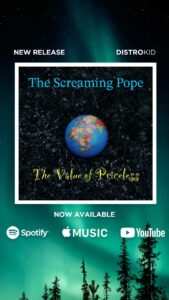
Universal Music Debuts Its Own Artist Analytics to Rival Spotify’s Program
Universal Music Group, home to acts like Taylor Swift, Lady Gaga, Mariah Carey, Queen, and Kanye West, rolled out an in-house artist analytics app Thursday that lets musicians and their managers see data from major music-streaming services as well as social engagement information from Facebook, Instagram, and Twitter.
The app — called “Universal Music Artists” and available to UMG’s entire artist roster — offers personalized details such as total audience size, YouTube views, listeners and streams by platform, top countries, demographic information, top-performing social-media posts, and push notifications when songs are added to top global playlists. UMG bills it as the first all-in-one app for artist analytics, and plans to introduce further features such as enhanced audience insights and anomaly detection powered by machine-learning tools next year, Mitch Shymansky, Universal Music Group’s vice president of data analytics and the creator of the app, tells Rolling Stone.
“The Spotify for Artists app is great, but if you’re planning a tour, you want to plan it based on where your fans are, not where your Spotify fans are,” Shymansky says. “That’s the advantage. There is now a single space where artists can see their entire audience.” UMG — the biggest of the three major labels by market share — started developing an artist analytics app in the CDs-and-downloads era in 2006, he says, but it wasn’t capable of supporting the “full explosion of data” from streaming; the company picked the project back up again in recent years after seeing artists’ excitement over data insights. While Spotify was the first major streaming service to offer artists a space to parse detailed listener metrics, Apple Music followed with its own analytics platform earlier this year, and a host of startups has cropped up to offer data services to fledgling acts.
Since Universal Music Group’s licensing agreements with music-streaming providers already include a data component — in return for licensing music to the services, the major label receives granular listening information from those platforms — the data streams for the app were easy to set up, Shymansky says. But UMG data scientists and engineers had to build custom mechanisms on top of that, and they also struck a deal with a third-party social tracking company to “pipe in” data such as follower details, likes, comments, and shares, which the streaming services’ apps don’t offer.
“We see this as version one,” Shymansky says. “We have a big team behind this — my team is 28 people alone. It’s not a ‘build it, launch it, forget about it’ thing. It’s part of our strategy.”
Sign up for Rolling Stone’s Newsletter. For the latest news, follow us on Facebook, Twitter, and Instagram.






